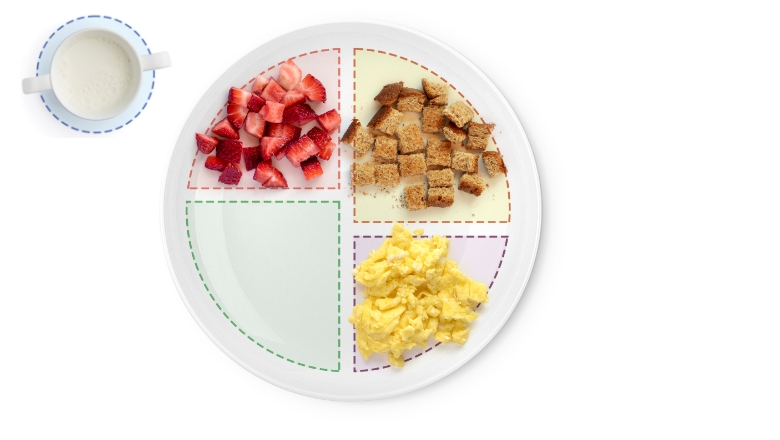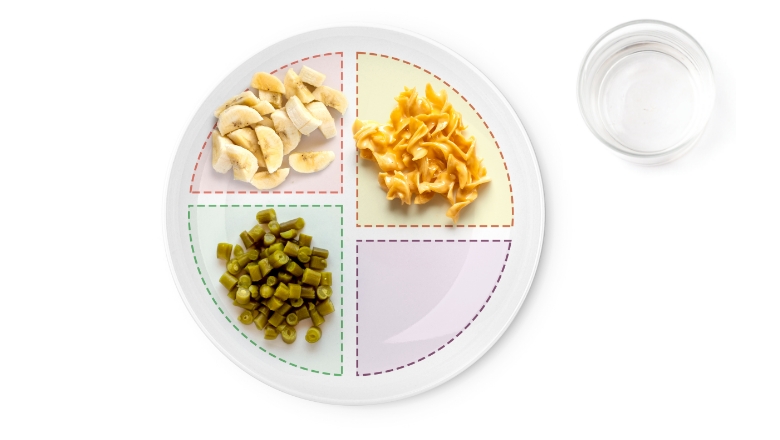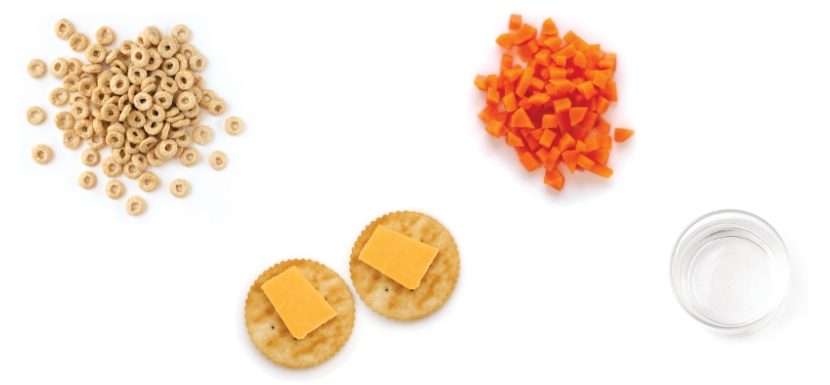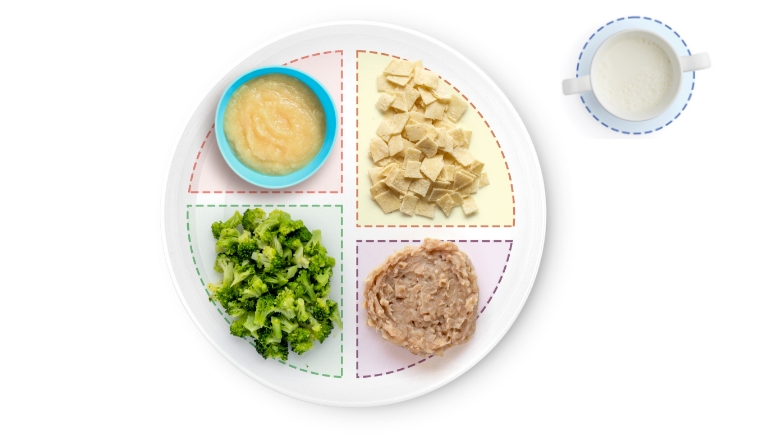

I need your help to be a good eater and TRY NEW FOODS!
WHAT




2 servings a day
1 serving = ½ cup
(1 cup total)
Cooked or soft, raw fruit.
Mashed, sliced, or chopped.
Offer a variety: red, yellow, orange, blue, and green.
2 servings a day
1 serving = ½ cup
(1 cup total)
Cooked and mashed, sliced, or chopped veggies.
Offer a variety: dark green, orange, red, yellow, and purple.
6 servings a day
1 serving = ½ ounce
(3 ounces total)
Bite-sized pieces.
Whole grain bread, tortillas, rice, or noodles.
Dry or cooked cereal.
2 servings a day
1 serving = 1 ounce
(2 ounces total)
Cooked, chopped meat, poultry, or fish.
Eggs.
Cooked, mashed beans, or peas.
Peanut butter.
4 servings a day
1 serving = ½ cup
(2 cups total)
Breast milk (at breast or expressed) or whole milk.
Yogurt.
Cheese.
I love to run, jump, and climb. Watch me when I’m active so I don’t get hurt.
I like to explore. I open doors and drawers to see what’s inside. Let me learn, but keep me safe.
Please DON’T give me foods I could choke on like whole nuts, whole grapes, seeds, hot dogs, or hard candies.
I need check-ups and shots to stay healthy. I should visit the doctor at 18 months and 2 years.
If I haven’t seen the dentist yet, make my first appointment. I should be brushing my teeth twice a day. Ask my dentist how to keep my teeth healthy.
Be with me during screen time and interact with me. Remember, to schedule plenty of non-screen time into my day.
Side-Lying Hold
This hold is useful when:
Cross-Cradle Hold
This hold is useful when:
Clutch or “Football” Hold
This hold is useful when:
Cradle Hold
This hold is useful when:
Laid-Back Hold
This hold is useful when: